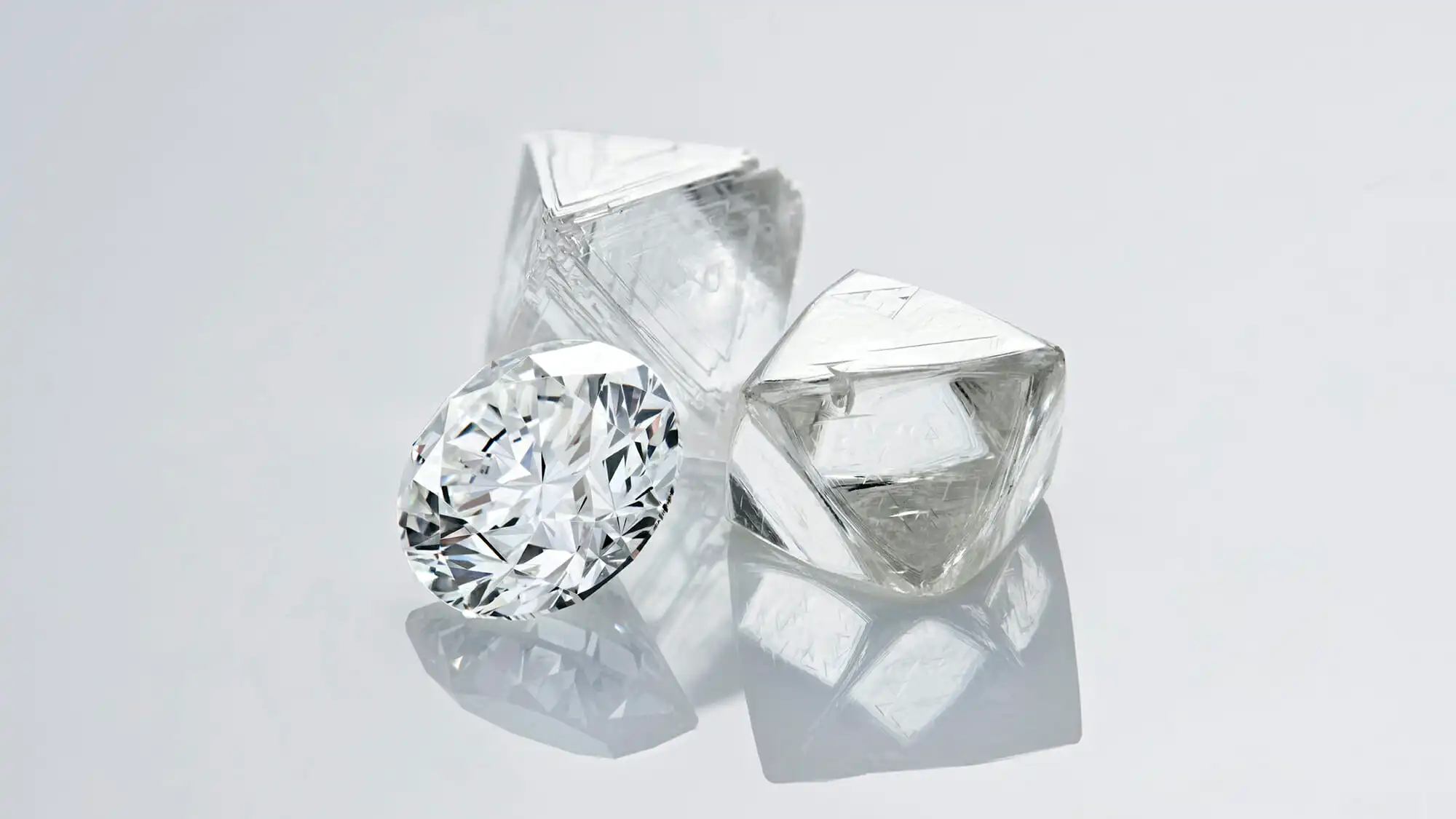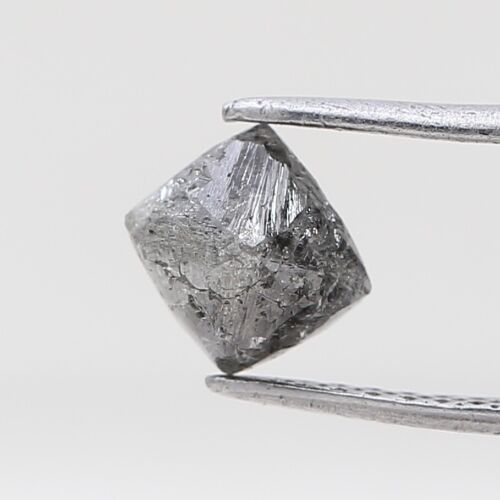
Diamond forms under high temperature and pressure conditions that exist only about 100 miles beneath the earth’s surface. Diamond’s carbon atoms are bonded in essentially the same way in all directions. Another mineral, graphite, also contains only carbon, but its formation process and crystal structure are very different. Graphite is so soft that you can write with it, while diamond is so hard that you can only scratch it with another diamond.

More About Natural Diamond
Natural Diamonds owe their colour to trace elements of which the most common is Nitrogen giving a yellow tint or colour. Structural irregularities can give other colours to diamonds including brown tints. Blue is caused due to the presence of Boron. All natural diamonds are inherently rare as real diamond supply is finite – nature will not bring any more diamonds to Earth’s surface as the required volcanic activity ended tens of millions of years ago. And the larger and higher quality the diamond, the rarer it is. Only a small number of diamonds of one carat and above in size are recovered every year – in fact, the total number recovered globally would all fit inside one exercise ball.